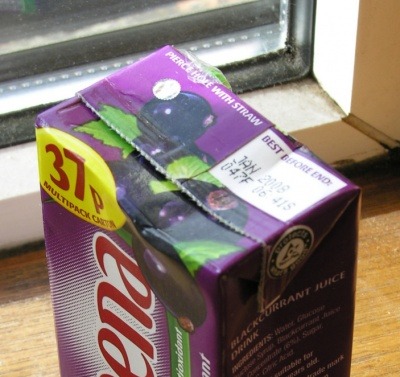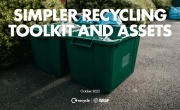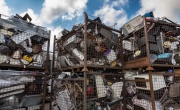Zero Waste Europe study finds beverage carton recycling rates lower than reported
The UK’s beverage carton recycling rate is below the level currently being reported, according to new research commissioned by Zero Waste Europe.
The new research, carried out by Eunomia Research and Consulting, has found that the UK’s beverage carton recycling rate is currently 29.5 per cent.
This is down from an estimate of 36 per cent previously made by the Alliance for Beverage Cartons and the Environment (ACE).
The difference has been identified using the European Union’s updated recycling calculation methodology. This update has also found that Germany, Spain and Sweden’s recycling rates are considerably lower than previously reported.
This update has also found that Germany, Spain and Sweden’s recycling rates are considerably lower than previously reported.
These findings follow last month’s announcement that the EU28 recycling rate for beverage cartons had increased for the fourteenth consecutive year, according to ACE.
These new results have been published as part of a report entitled Recycling of multilayer composite packaging: the beverage cartons.
The report highlights the challenges in recycling beverage cartons. As beverage cartons are often made up of bonded layers of card, plastic polymers and aluminium, it can be difficult to separate these materials for recycling and reprocessing.
The report also suggests that the difficulty in identifying and separating beverage cartons in material sorting facilities, as well as the lack of processing capacity at specialised recycling facilities, are key factors for the impact on the recycling rate.
Commenting on the report, Joan Marc Simon, Director at Zero Waste Europe, said: “Whilst plastic has been in the spotlight for its low collection and recycling rates, this study shows that other complex materials such as cartons are not doing much better.”
“Consumers are confused by so many false recyclability claims by the industry, so we must ensure that producers of complex packaging place circularity at the heart of the design process and mobilise investment towards recycling infrastructure.”






